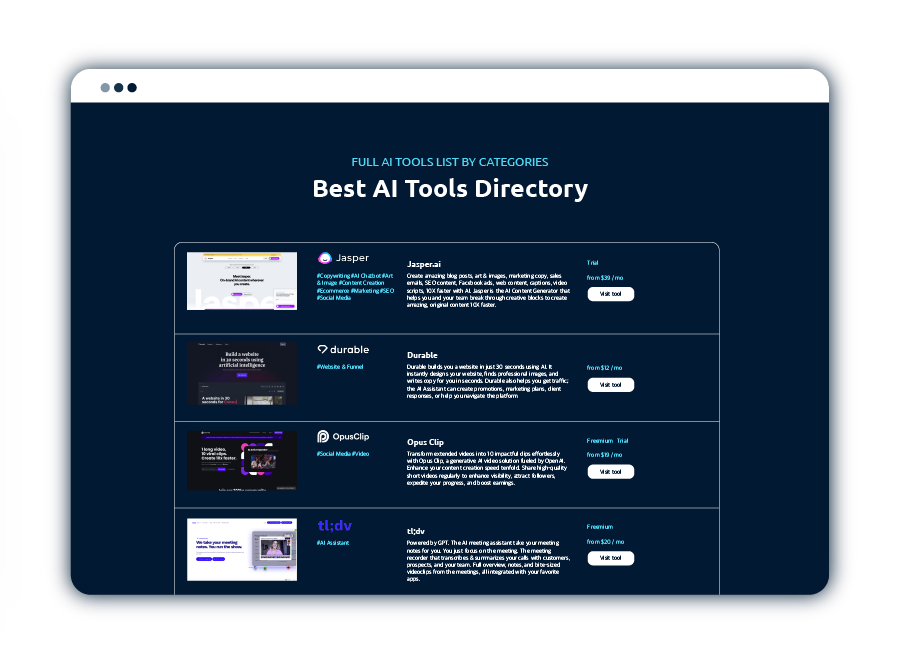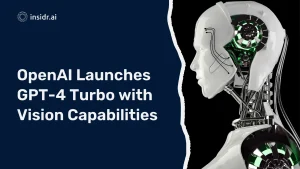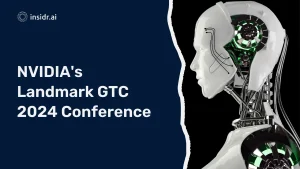
The Dual Nature of AI Face Swapping
In an era where artificial intelligence (AI) continually pushes the boundaries of innovation, the advent of AI-driven face swapping technology has stirred both fascination and concern. The proliferation of these tools offers exciting prospects for entertainment, creativity, and even security applications. However, it also raises significant ethical, privacy, and security concerns.
The Rising Capabilities of AI Face Swapping
The technology has made significant advancements, enabling users to seamlessly transplant faces onto various avatars or manipulate videos to create convincing impersonations. While this innovation has opened up new avenues for entertainment, where deepfake apps have become immensely popular, it has also become a double-edged sword.
One of the most pressing concerns is the potential misuse of AI-generated deepfakes. With the ability to manipulate videos and audios convincingly, malicious actors can deceive and manipulate individuals, corporations, or even governments. This poses serious risks to public figures, businesses, and national security.
The privacy implications are equally disconcerting. The ease of generating deepfakes from publicly available images or videos means that personal privacy can be compromised, and consent becomes a grey area. As the technology continues to improve, anyone’s likeness can be exploited for malicious purposes.
AI Face Swapping's Creative Potential
Yet, amid these concerns, AI face swapping technology holds the potential for positive use cases. In the entertainment industry, it enables actors to play roles they might not otherwise be suited for, potentially redefining the boundaries of film and television. The technology also has applications in education and training, where learners can interact with virtual instructors or historical figures.
Striking a Balance Between Innovation and Security
Despite these promising prospects, striking the right balance between innovation and security remains a challenge. Legislation and regulations are evolving, but keeping pace with AI advancements is difficult. Companies are also investing in detection and verification tools to identify deepfakes, which may serve as a defense against their malicious use.
Moreover, educating the public about the existence and potential dangers of AI face swapping technology is paramount. As awareness grows, individuals can become more discerning consumers of online content, reducing the effectiveness of deepfake manipulation.
Navigating the Future of AI Face Swapping
Source
Discover More AI Tools
Every week, we introduce new AI tools and discuss news about artificial intelligence.
To discover new AI tools and stay up to date with newest tools available, click the button.
To subscribe to the newsletter and receive updates on AI, as well as a full list of 200+ AI tools, click here.








